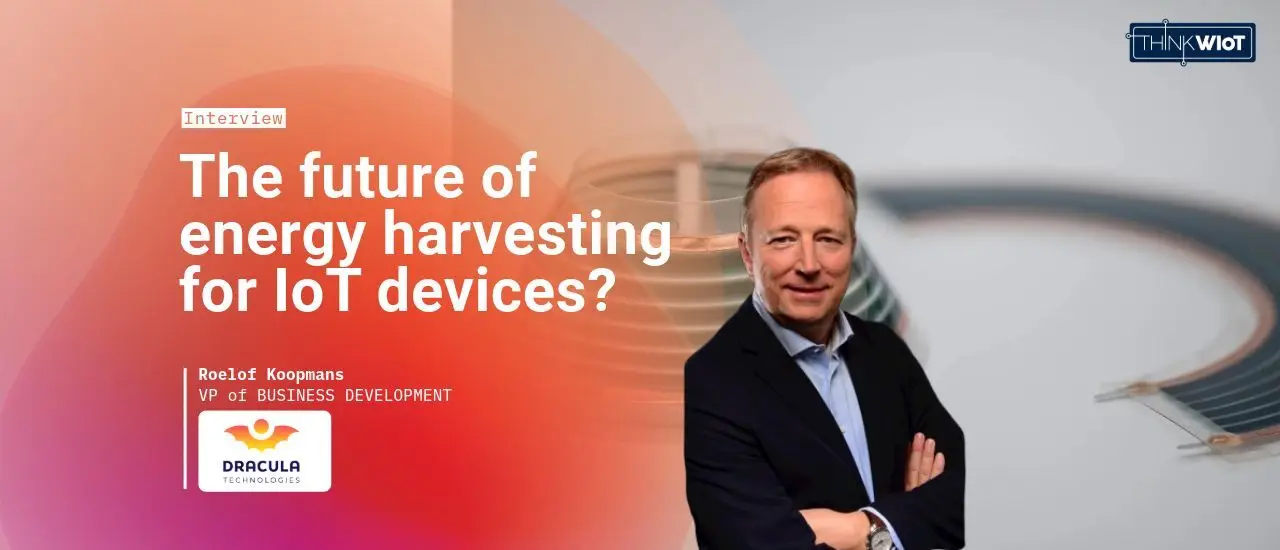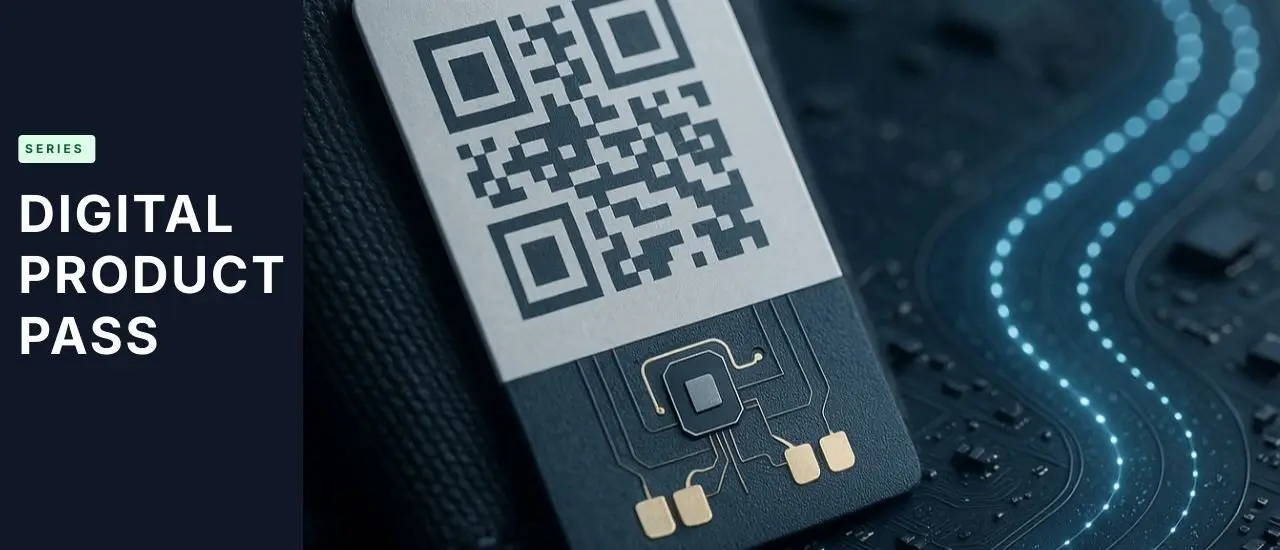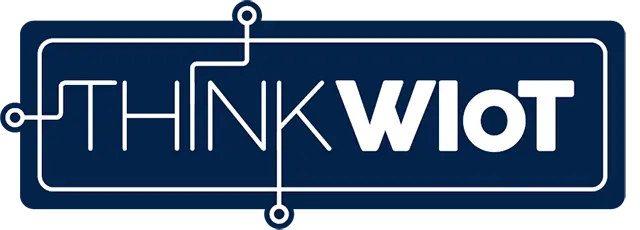Layer vs. LayerVault
The Layer technology was developed to provide a continuous energy source for IoT devices with low energy consumption. The result: ambient light is converted into energy to ensure a secure flow of data without the risk of battery failure.
The technology, based on ten years of research, uses organic photovoltaic (OPV) cells to harvest energy from low ambient light (five to ten lux). The name "Layer" is derived from the concept of layering organic materials to maximize energy production. The abbreviation stands for "Layer As Your Energy Response".
In addition, LayerVault, first introduced in 2024, expands on this technology, as the Vault variant includes an energy storage function. While Layer focuses exclusively on energy generation, LayerVault integrates a printed battery on the back of the OPV cell to store the generated energy. Thanks to this dual function, LayerVault can both generate and store energy.
Advantages of organic photovoltaic cells for IoT applications
OPV cells offer several key advantages for IoT applications. Due to their flexibility, they can be bent 360 degrees, making them ideal for different shapes and sizes. Unlike conventional solar cells, which are rigid and rectangular, OPV cells are manufactured using an inkjet printing process, which allows for customization of the design. This flexibility is a major advantage for applications such as smart labels.
Dracula Technologies is currently working with a customer on LoRaWAN-enabled smart labels developed by Truvami, that collect location, temperature and humidity data for logistical purposes. These labels are robust enough to wrap around pallets, boxes or crates without damaging them, making them ideal for the supply chain.
Cost comparison: Layer versus battery IoT
For the sensor manufacturers, the batteries are initially cheaper to purchase. The price is only a few cents. Layer, a high-tech solution that is the result of over a decade of R&D and is produced in clean rooms, makes a sensor a few euros more expensive. From the end user's point of view, however, Layer significantly reduces the total cost of ownership (TCO).
Unlike batteries, which have to be replaced regularly, Layer is maintenance-free during the typical service life of an IoT system of five to ten years. In large-scale installations such as smart buildings with tens of thousands of sensors for temperature, occupancy, humidity or CO₂ monitoring, battery replacement becomes both expensive and logistically difficult. If a battery is replaced too late, there is also a risk of complete data loss.
To avoid this, batteries are often replaced prematurely - at 50 to 60 percent of their capacity - which leads to a considerable amount of electronic waste that has to be disposed of at a cost. By using energy harvesting, companies can reduce overall IoT maintenance costs by 40 to 60 percent. This makes energy harvesting a cost-effective, sustainable and long-term alternative.
Service life
Layer has a guaranteed service life of at least 10 years indoors. Although the organic materials that make up Layer are subject to natural degradation over time, Layer is guaranteed to retain approximately 80 percent of its original performance after ten years and remains functional even if performance slowly declines in the years to follow. The energy stored in the sensors ensures that operation continues even when performance drops.
With Layer, we are redefining energy autonomy for the IoT. By harvesting ambient light, our technology eliminates battery dependency, reducing cost, waste, and maintenance - paving the way for a truly sustainable future of connected devices.

Interview with Roelof Koopmans
1. Which IoT technologies are best suited for Layer?
Roelof Koopmans: Layer is most effective with low-power wireless technologies. These include LPWAN technologies such as LoRaWAN and NB-IoT, Bluetooth Low Energy (BLE), Zigbee and Near Field Communication (NFC). These technologies are well suited for Layer due to their low energy requirements and are therefore ideal for energy harvesting applications. UWB (ultra-wideband), on the other hand, is less suitable as it generally consumes more energy.
Another interesting area is passive RFID technology, which traditionally uses the energy of RF transmission. By combining passive RFID with light recording, tags and sensors could be able to store data independently, e.g. in temperature recording devices, without relying solely on RFID readers. This opens up new possibilities for passive sensor technology and data storage.
2. What can we expect next from Dracula Technologies? Are there any new products or visions in development?
Roelof Koopmans: This year, we will be launching a new product for the retail sector – a modular electronic shelf label (ESL). This solution combines an energy harvester with a storage layer, the so-called vaults, to eliminate dependence on batteries.
ESLs enable dynamic pricing by allowing retailers to automatically adjust prices based on factors such as customer footfall or time of day. However, current battery-powered ESLs only have a lifespan of around two years, resulting in significant amounts of e-waste and high costs, particularly for larger retailers who typically have between 10,000 and 20,000 ESLs.
The new modular ESL, which is compatible with most existing ESL manufacturers, solves these problems by integrating energy harvesting and offers a sustainable and cost-effective alternative for retail environments.
Let's think smart! Contact me - I look forward to hearing from you and will be happy to advise you. In the meantime, watch this video on YouTube to learn more about our Layer product.
* Layer is a registered trademark of Dracula Technologies®.
-über-Wi-Fi-HaLow-400.webp)

-über-Wi-Fi-HaLow-responsive.webp)


